Pol is the Gujarati word given to a housing cluster. The origin of the name is unclear as it could be derived from the Sanskrit word pratoli meaning to enter an enclosed area or from the Greek word polis connoting a city of common good. Regardless of its origin the characteristics of the housing within the old walls of Ahmedabad align with both these conceptions. The communities within each pol are tied together through a commonality; usually a religion, a profession or caste, perhaps this shared relationship could be of something equally connective.
Gandhi and his followers departed from the Sabarmati Ashram and crossed the valley to walk through the old city of Ahmedabad. Having gathered momentum they slowed as they entered the city, the streets narrowed and the density of the gathering supporters resisted the procession. The thickness that The Salt March faced was of the pols, the housing typical to the old walled city of Ahmedabad.
Using the event of The Salt March as a connective tissue for the community. The Sabarmati Pol is an architecture of the Narratology of Ahmedabad. A reinvisioning of the pol typology in the neoliberal city of the Sabarmati Riverfront Project.
Underground Metro
Absent
Seriality of Ground
As the wall was in varying states, a seriality of wall condition was created. The first condition we approached was the presence of a void, in place of the wall was the metro underground construction. The next condition was the absence of wall but the creation of communal amenity used by locals as a place to play, chat and produce. The final condition was the existing wall encrusted in a new skin of construction with space for mechanics workshops and local retailers.
Communal Square
Stepped
Mechanics Workshop
Encrusted
Seriality of Slides
As The Salt March traced the old wall, it opens a dialogue between the present territory and the proposed territory of the new wall of the Sabarmati Riverfront Project. To play out the transposition of the territory it will be influenced by the cosmological scale of the film slides as it goes towards the river. Opening up the possibility of exploring the dialectical image of the slide and The Salt March .
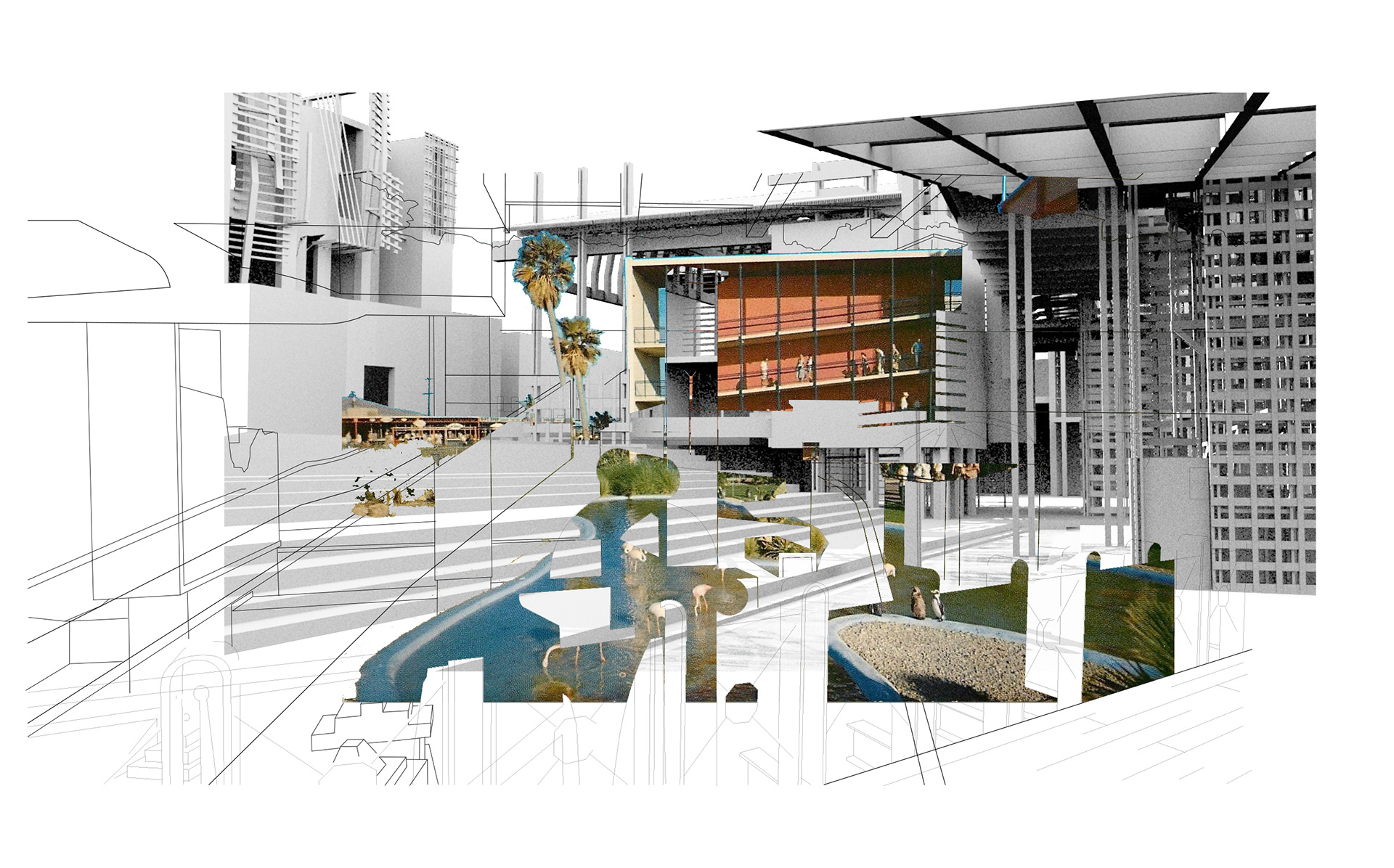

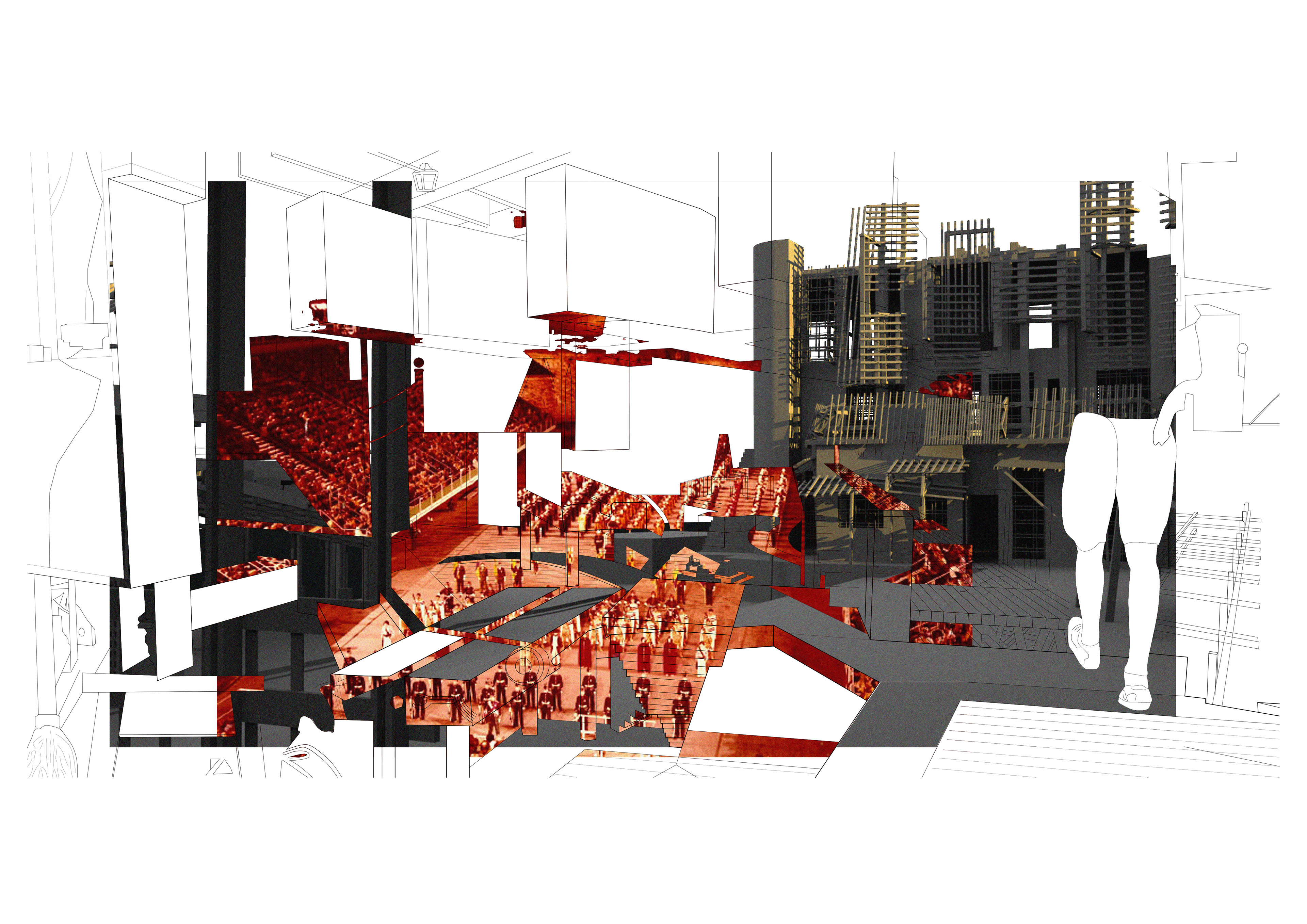
Posture of Collection
Typically, Ahmedabad is dry and dusty throughout the year. In a short period, however, sometime between June and September, the monsoon season brings the majority of the annual precipitation. The resulting average
annual rainfall is 753 mm. Using the moment of interface between architecture and wetness will capture this richness. Upon contact with the building, the wetness traverses the surfaces and is bchannelled throughout territory creating a lushness which would be lost with conventional drainage.
annual rainfall is 753 mm. Using the moment of interface between architecture and wetness will capture this richness. Upon contact with the building, the wetness traverses the surfaces and is bchannelled throughout territory creating a lushness which would be lost with conventional drainage.
One of the main reasons cited for the construction of the Sabarmati Riverfront Development was to protect against flooding, however, the lower promenade is still susceptible as seen in 2017. With particularly high rainfall and the Vasna barrage gates being opened the water level reached a controlled 2.43m.
The work from Narrativity of The Salt March developed in relation to wetness as the study of posture in the process of collection was developed into tectonic language. As the project continues this conception of harvesting, wetness should be continued along the developing territories.
A territory in movement
As the dust settles on the first phase of design the qualities of The Sabarmati Pol are becoming clearer, but there is a lot still unresolved. Moving forward with the proposal it is the clarification of the housing that is of primary interest. Simulateously the housing cannot develop in isolation so an auxilary function of the program will require development to situate the pol in relationship - as it had in its original territory. The tectonic ambition of the frame system and the environmental conditioning of water is still in a rudimentary phase, this will also be a developing area of design in due course.
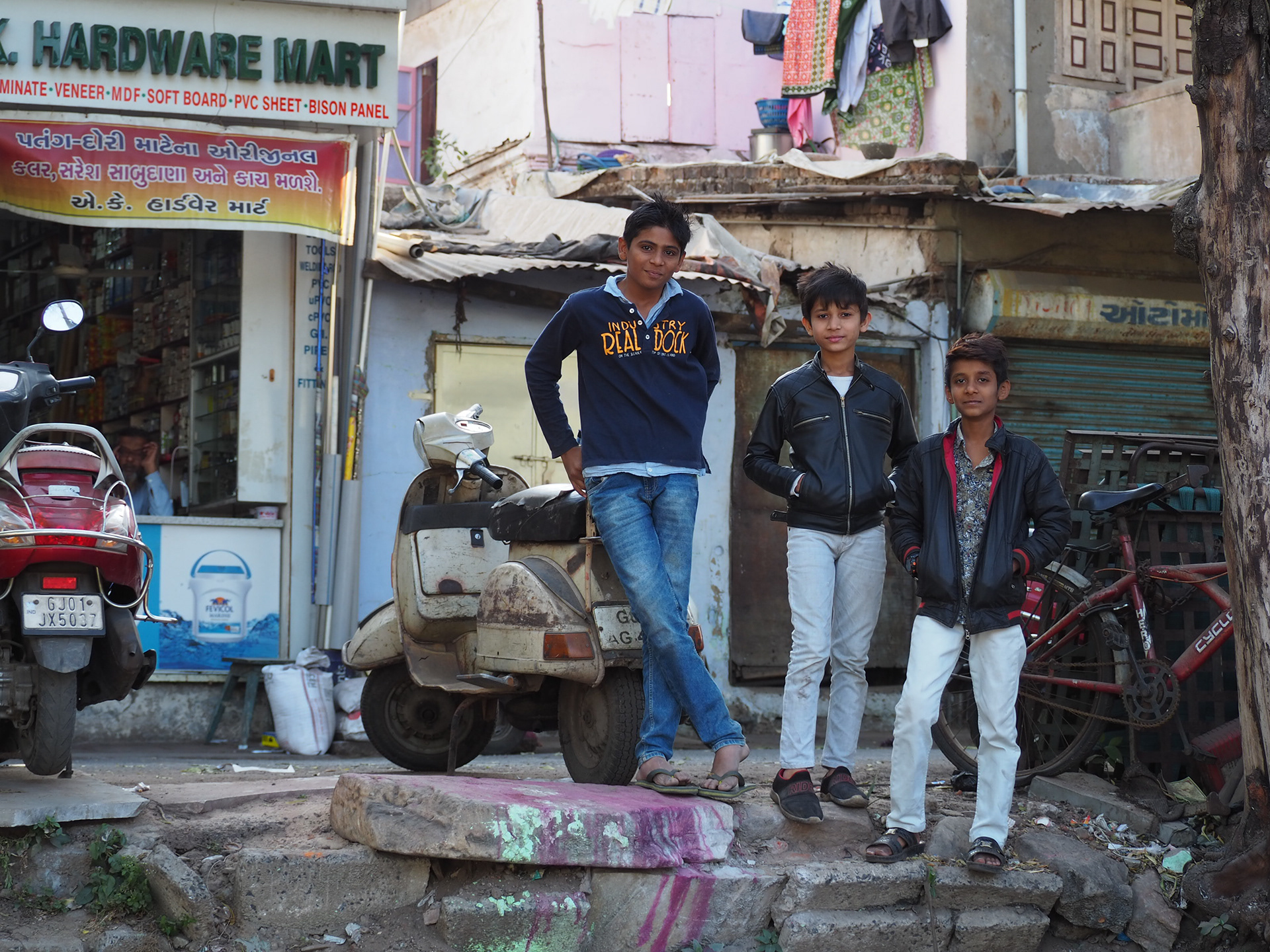
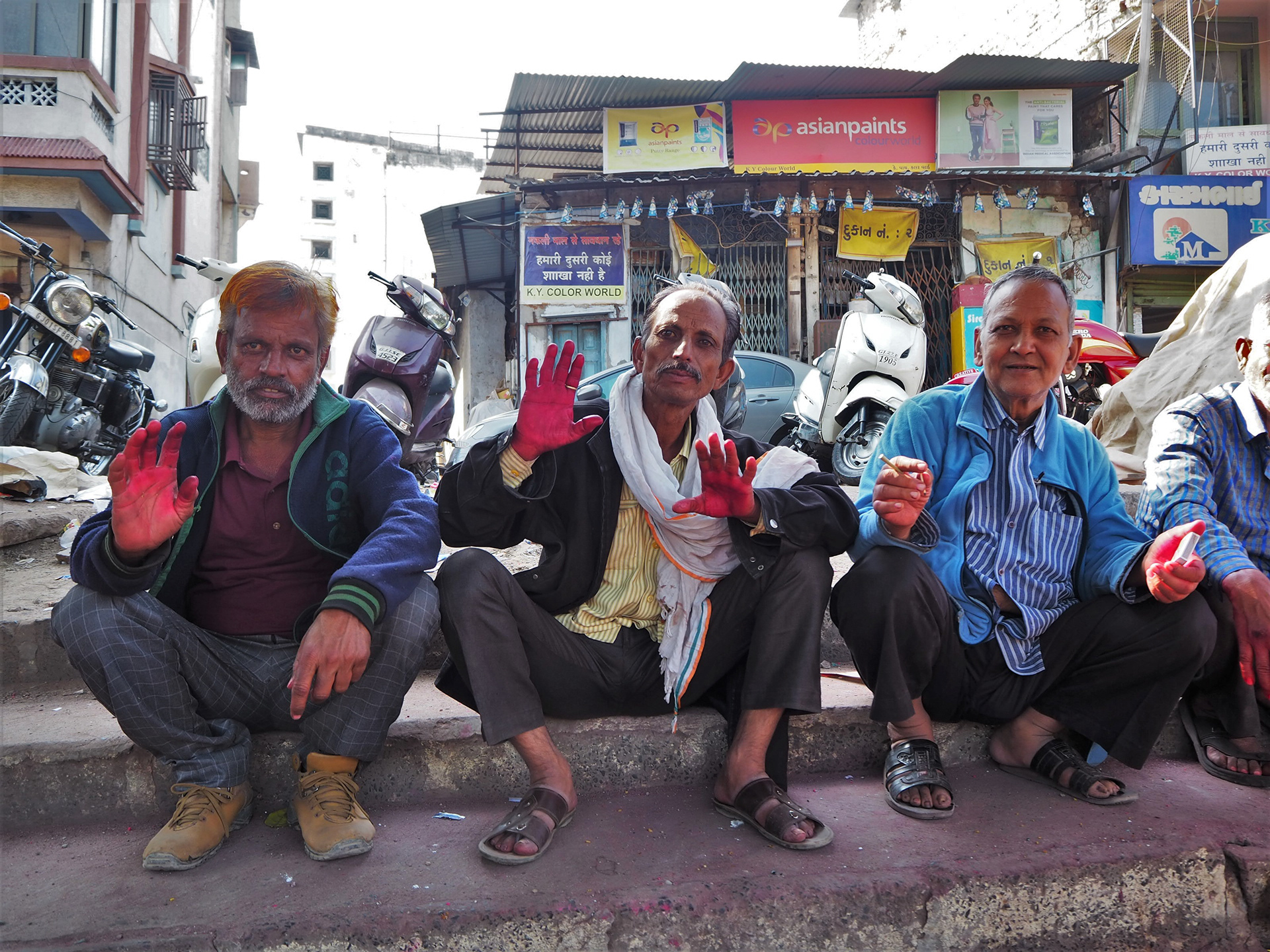
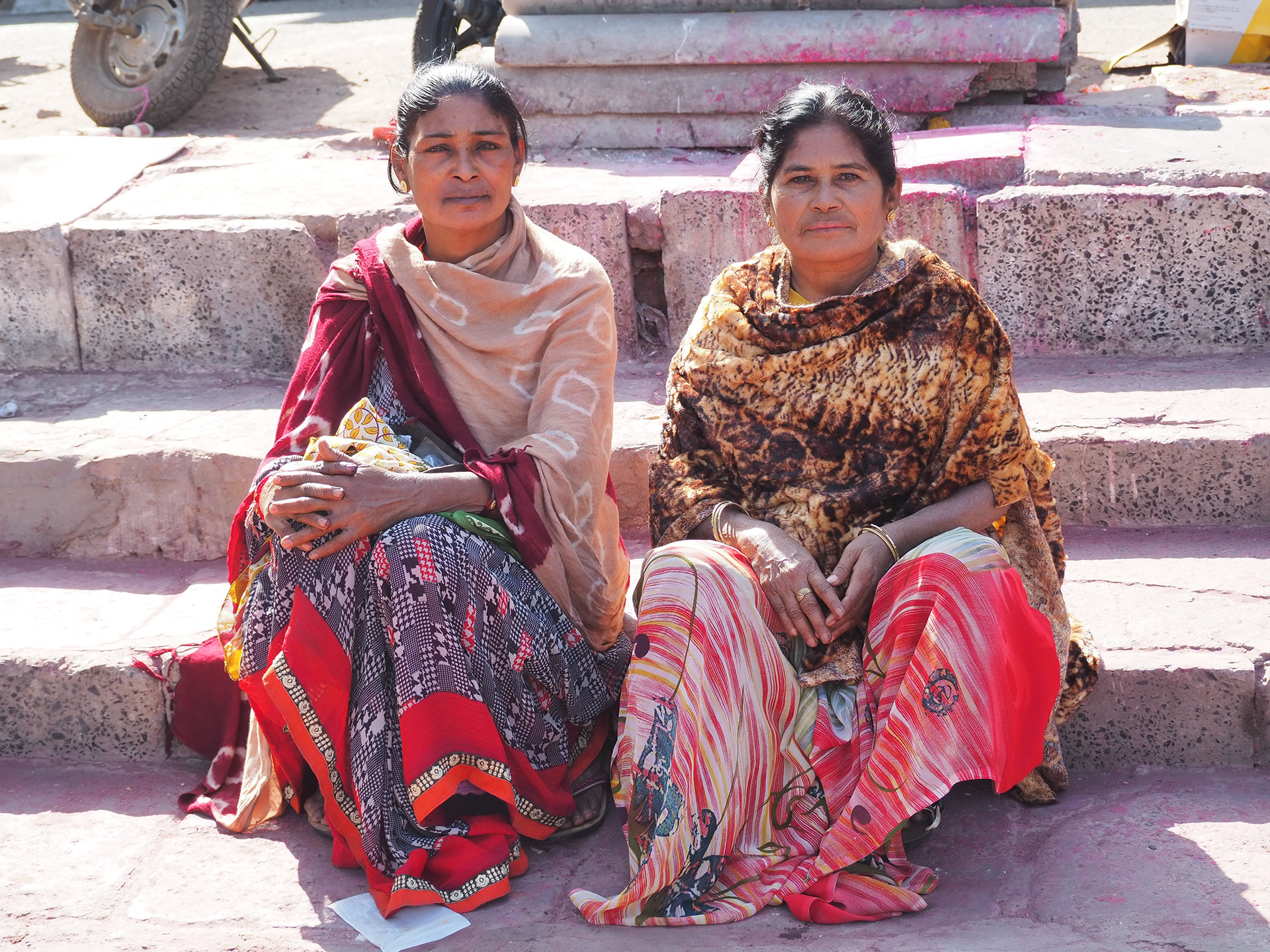
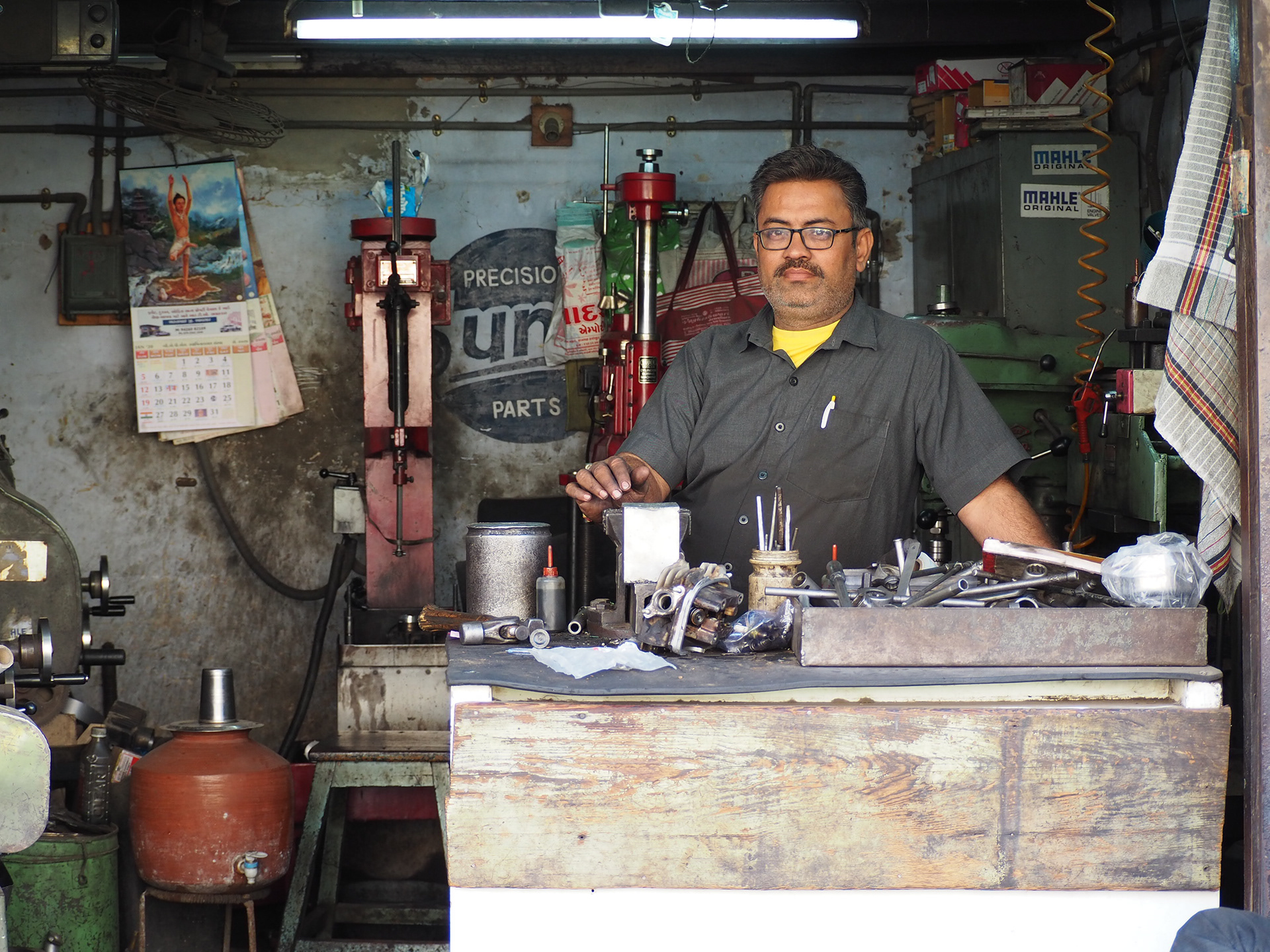
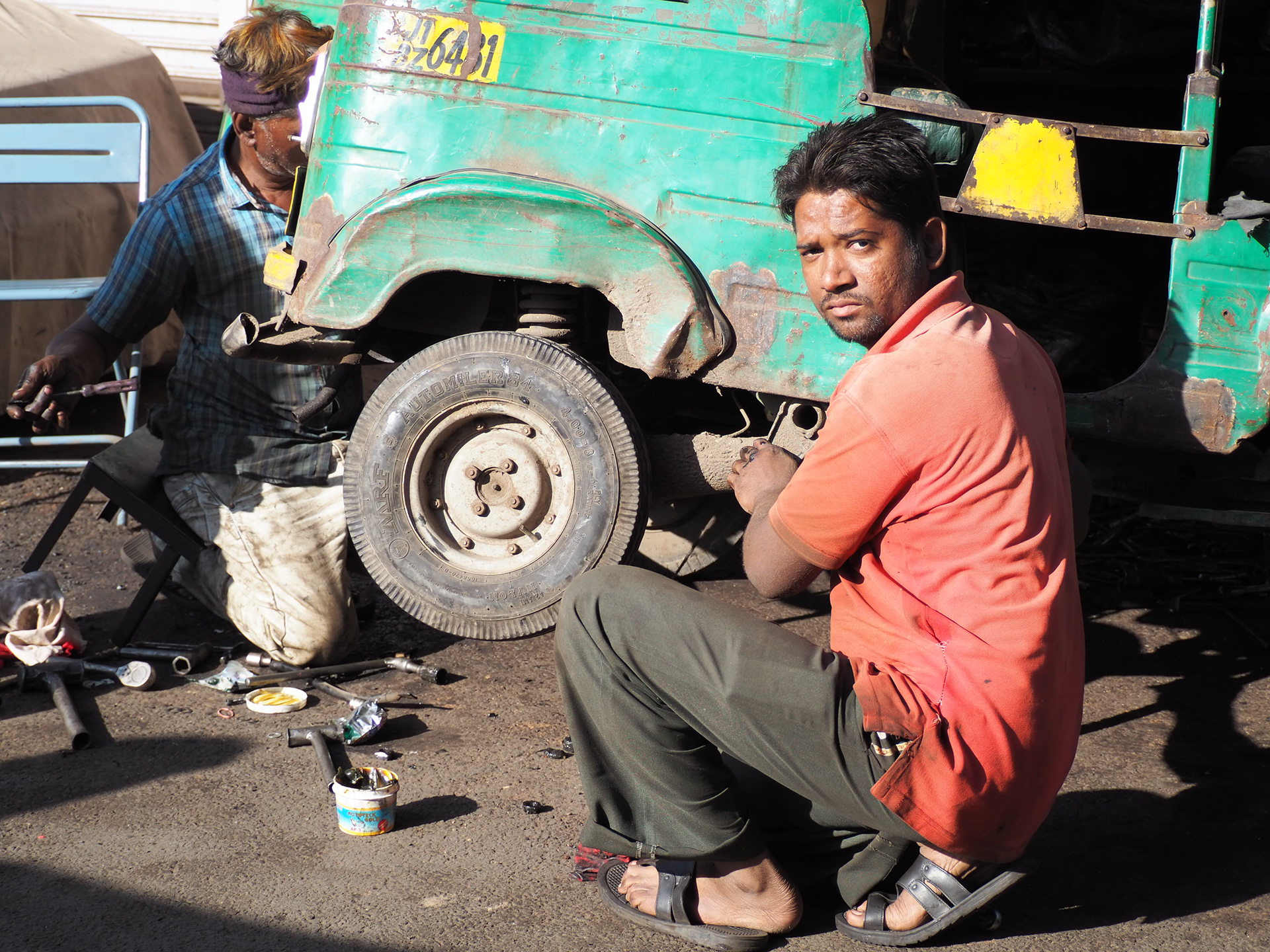
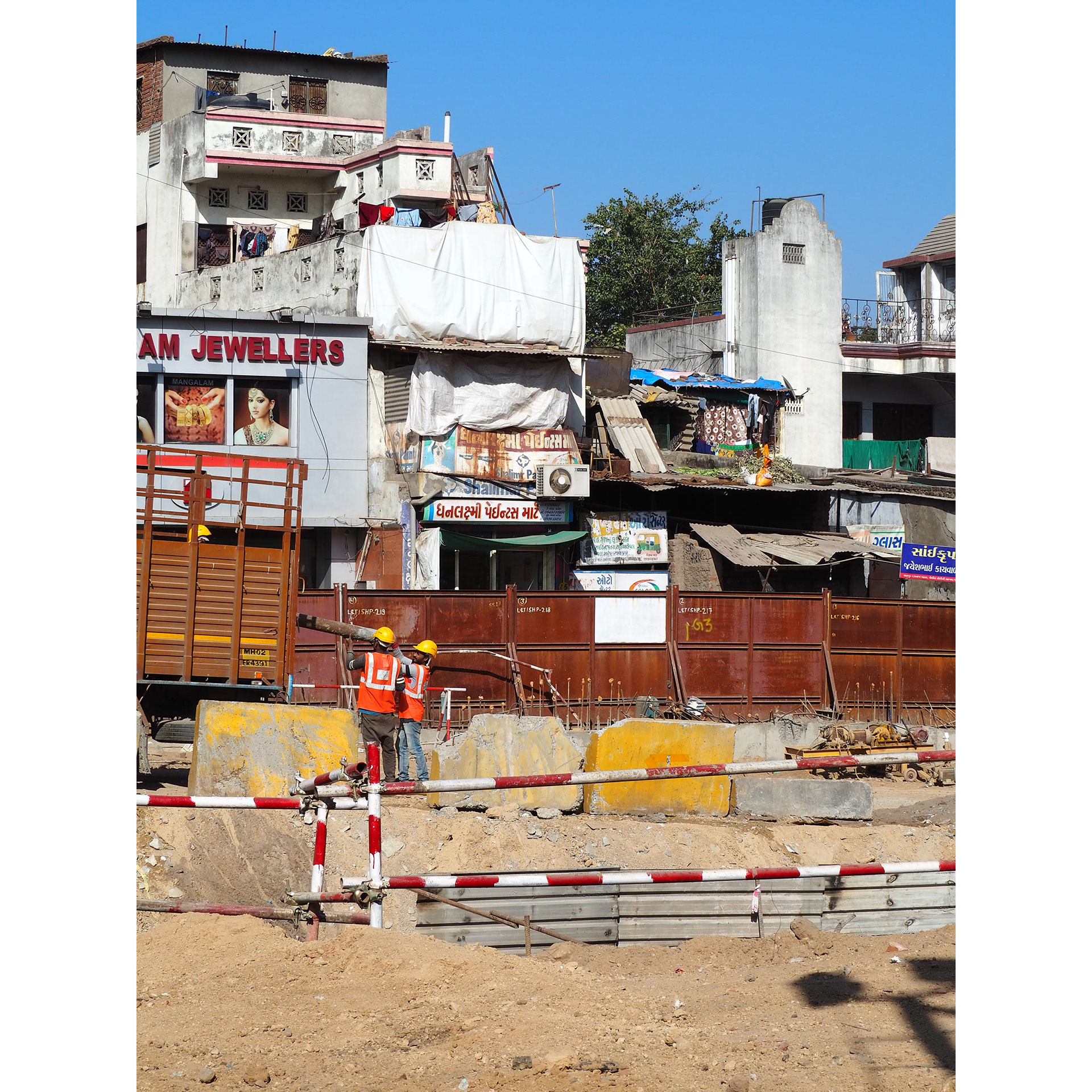
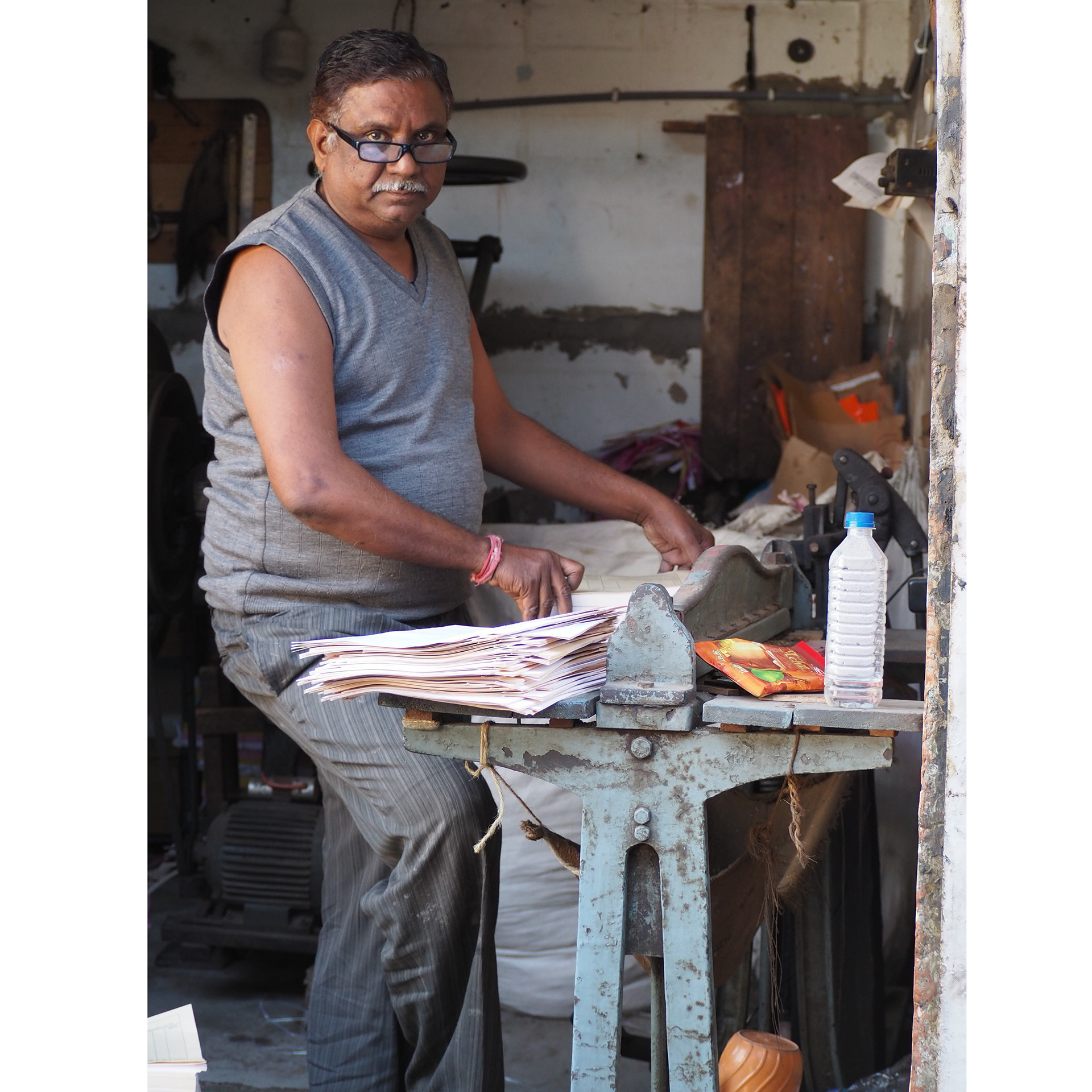
Sabarmati Pol Designed by Jamie Forde
